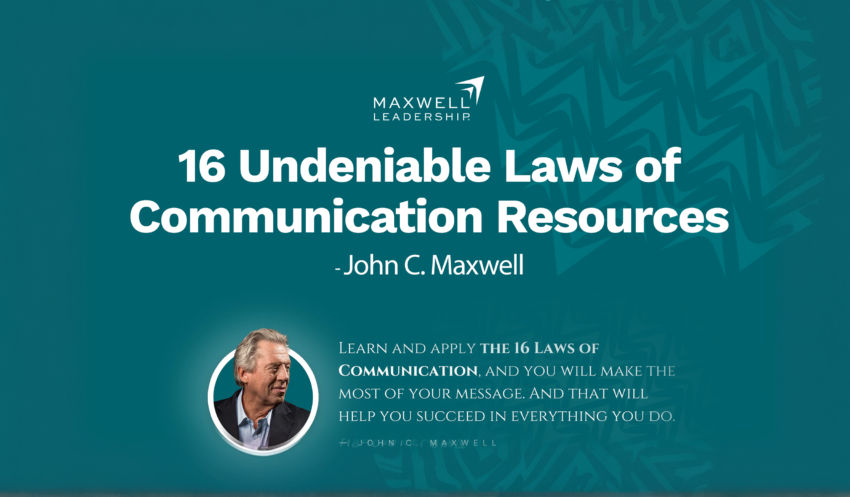What Is A Strategic Plan?
- Jeff Mayfield

- Dec 27, 2024
- 6 min read
Updated: Mar 14, 2025
In today's competitive business environment, having a strategic plan is crucial for long-term success. A strategic plan outlines an organization's direction, its goals for the future, and the actions needed to achieve those goals. This overview will describe, explain, and outline how to develop a five-year business plan, covering each major component, financial projections, and an implementation plan. By the end, you will understand the big picture on what is included in a solid business plan and learn where to start to project financial success over the next five years.

1. What is a Strategic Plan?
A strategic plan is a formalized roadmap that defines where an organization wants to go over a specific period and how it plans to get there. Unlike tactical plans, which are more short-term and operational, strategic plans focus on the long-term vision and goals. They include core aspects such as mission, vision, values, objectives, strategies, financial projections, and an implementation plan.
The objective of a five-year business plan is to set measurable goals, allocate resources, and guide decision-making. It serves as both a motivational document for employees and a formalized plan to communicate to stakeholders, investors, and partners.
2. Major Components of a Five-Year Business Plan
When developing a five-year business plan, each component is integral to creating a cohesive, long-term strategy. Let’s explore each of these key sections:
a. Executive Summary
The Executive Summary is the first section of the strategic plan but is often written last, after all other components have been defined. It provides an overview of the entire business plan, summarizing the most critical points.
Key elements include:
Business Name, Location, and Mission
Key Goals and Objectives
Brief Overview of Products or Services
Financial Highlights
The rationale for the Strategic Plan
The Executive Summary should be concise but compelling, capturing the essence of your strategic vision in a few paragraphs.

b. Mission, Vision, and Core Values
These foundational elements provide direction and focus for your business.
Mission Statement: Defines the company’s purpose and reason for existing. It explains what the company does, whom it serves, and how it delivers value.
Vision Statement: Describes the desired future state of the company over the next five years. It represents a long-term aspiration that guides organizational efforts.
Core Values: These are guiding principles that inform the company’s culture, decision-making, and behavior.
Example:
Mission: "To deliver innovative solutions that empower businesses to thrive."
Vision: "To be the leading provider of business solutions globally by 2030."
Core Values: Innovation, Integrity, Accountability, Customer Focus, Collaboration.
c. Situational Analysis (SWOT Analysis)
A thorough situational analysis is necessary to understand the current position of the organization and anticipate challenges and opportunities.
Strengths: What does the organization do well?
Weaknesses: Where are the areas for improvement?
Opportunities: What external trends or changes could benefit the company?
Threats: What external factors could pose challenges?
This SWOT analysis helps businesses make informed decisions by assessing their internal capabilities and external environments.
d. Goals and Objectives
This section outlines the specific, measurable, achievable, relevant, and time-bound (SMART) goals the company aims to achieve within the next five years. These goals should align with the mission and vision statements and include both short-term and long-term objectives.
Example Goals:
Increase market share by 15% in the next five years.
Launch three new product lines by the end of the second year.
Reduce operating costs by 10% annually for the next five years.
e. Strategy and Action Plan
Strategies define the approach the company will take to achieve its goals. An action plan outlines the specific steps needed to implement those strategies, including timelines, milestones, and responsible individuals or departments.
Key strategic areas might include:
Market Penetration and Expansion
Product Development and Innovation
Talent Acquisition and Retention
Operational Efficiency and Cost Reduction
For each strategy, the action plan should detail:
The steps necessary to achieve the goal
The resources required (human, financial, technological)
Who is responsible for each task
Deadlines and milestones
Key performance indicators (KPIs) to measure success
f. Marketing Plan
An essential part of the strategic plan is the marketing plan, which outlines how the company intends to attract and retain customers over the next five years. It includes:

Target Market Identification: Who are your ideal customers, and what are their needs?
Competitive Analysis: How does your business compare with competitors in terms of products, pricing, and market positioning?
Branding and Messaging: How will you differentiate your company in the marketplace?
Sales Channels and Promotion Strategies: What methods will be used to reach customers (e.g., online, retail, partnerships, advertising)?
g. Organizational Structure
A five-year plan should also include a clear outline of the company’s organizational structure, defining roles, responsibilities, and any anticipated changes in leadership or workforce. This section may also discuss planned growth in hiring, team restructuring, and management strategies to support the business’s objectives.
h. Financial Projections
A crucial part of a five-year plan is the financial projection. This includes forecasting revenues, expenses, profits, and cash flow over the next five years. These projections provide a financial road map and serve as benchmarks to monitor the company’s growth and sustainability.
The financial projections should cover:
Sales Forecasts: Estimated revenue based on market conditions and business strategies.
Profit and Loss Statements: A summary of expected income and expenditures.
Cash Flow Statements: Predicts the inflow and outflow of cash over the period.
Balance Sheets: Provides an estimate of assets, liabilities, and equity at the end of each year.
Break-even Analysis: Determines the point at which the company will begin making a profit.
Manpower and Hiring Plan: Assess the current workforce and skill gaps. Identify the number of employees needed at various stages of growth over the next five years. Outline the specific skills and expertise required to meet future demands.
Capital Expenditures Plan: Capital expenditures (CapEx) are significant investments in assets, such as property, equipment, and technology, that will be used to drive growth over the long term. A capital expenditures plan is essential for outlining these large, often upfront costs.
3. Developing the Financial Projections Plan
The financial projections are based on assumptions that must be backed by market research, industry trends, and historical data. Creating realistic financial projections requires attention to detail and an understanding of the external factors influencing the business.

a. Sales Projections
Estimate the sales volume for each product or service. This should be based on market demand, historical performance (if applicable), and industry trends.
b. Cost of Goods Sold (COGS)
Estimate the cost associated with producing or delivering each unit of product or service.
c. Fixed and Variable Expenses
Forecast the operating expenses required to run the business. Fixed expenses include salaries, rent, and utilities, while variable expenses fluctuate based on sales activity.
d. Profit Margin and Cash Flow
Based on the above estimates, calculate the profit margin for each year and develop a cash flow statement. Cash flow is crucial to ensure the company has enough liquidity to fund operations.
e. Break-even Analysis
This is an essential tool that shows at what point the company will be able to cover all its costs and begin generating a profit. This should be aligned with your five-year goals and used as a benchmark for success.
4. Implementation Plan
A solid plan is worthless without execution. The implementation plan outlines how the business will turn strategy into action. It includes:
Prioritization of Goals: Decide which goals are most critical to achieve first.
Timelines and Milestones: Establish specific deadlines for each goal, as well as short-term milestones.
Resource Allocation: Identify the human, financial, and technological resources required.
Responsibility Assignment: Delegate tasks to individuals or teams.
Monitoring and Adjustments: Regularly review progress, adapt strategies, and adjust resources if necessary. This should include periodic check-ins, key performance indicators (KPIs), and a process for revisiting and revising the plan as conditions change.
5. Conclusion
Developing a five-year business plan is a comprehensive process that requires thoughtful analysis, strategic vision, and detailed financial planning. By including the key components of a strategic plan—such as mission and vision, SWOT analysis, goals, action plans, marketing strategies, organizational structure, and financial projections—you set a strong foundation for your business’s future.
An implementation plan ensures the strategic vision turns into actionable steps, guiding the organization toward success. Regularly reviewing and adjusting the plan based on real-world developments will help maintain alignment with the company's mission and adapt to any challenges that arise.
In conclusion, a well-structured five-year plan not only provides clarity and direction but also enhances the company’s ability to attract investment, secure debt financing, align teams, and achieve long-term objectives. By carefully executing the steps outlined, your business will be better positioned for sustainable growth and profitability.
Blessings and Success
Jeff Mayfield


